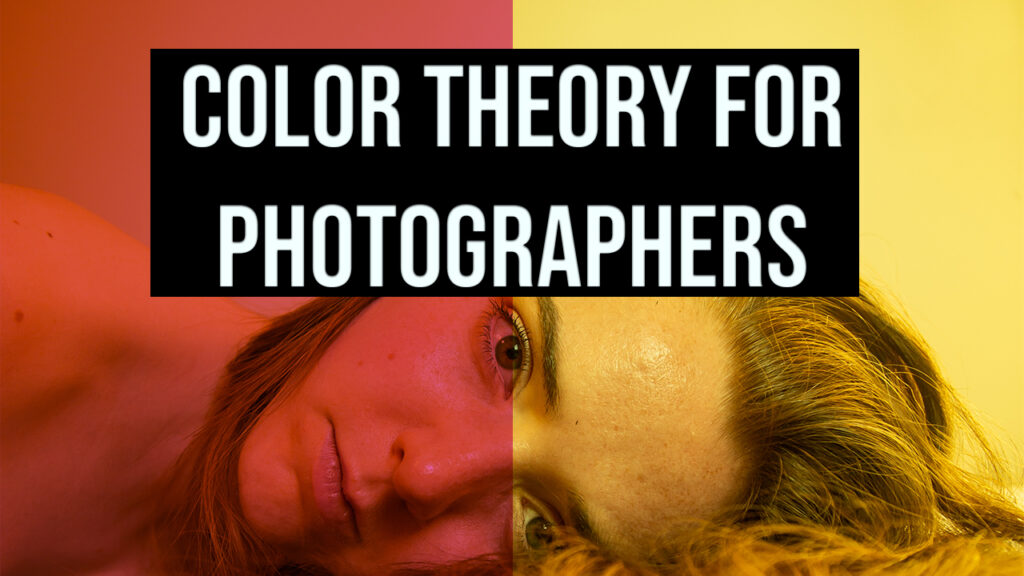The art world often tells you a piece is “profound.” Moreover, they’ll insist it’s “challenging.” Indeed, some critics and academics pen entire essays, and even build careers, explaining why that particular mess of materials in a gallery corner is supposedly a groundbreaking masterpiece. But let’s pause such intellectual gymnastics for a moment. What does YOUR gut actually say? What about that immediate, unfiltered, honest reaction you experience? This often happens before the chorus of “experts” chimes in to tell you how you should feel. It’s a common sensation. In fact, many art lovers, and even curious onlookers, have experienced this profound disconnect. They feel it between the art world’s pronouncements and their own genuine, intuitive response. So, are we all missing something fundamental? Or is it simply time to call out the Emperor’s New Clothes?
The Tyranny of “Thou Shalt Be Impressed”
For centuries, art wasn’t a riddle for people to solve; instead, it was an experience for them to have. Great art SPOKE to people directly. It communicated through breathtaking skill and undeniable beauty that could bring a tear to the eye. Furthermore, it conveyed raw, unadulterated emotion that resonated deep within the soul. People didn’t need a PhD in Art History to feel the power of Michelangelo’s David or the serene sorrow in a Käthe Kollwitz print.
However, fast forward to today. Too often, it feels like appreciating contemporary art requires a secret handshake. It also seems to demand a specialized vocabulary and a willingness to suspend your own disbelief. For example, galleries or curators often hand us lengthy artist statements and curatorial texts. These texts act as decoder rings, implying the artwork might not stand on its own without this external validation. Consequently, one has to wonder: if a piece needs that much explanation to be “good,” is its power truly intrinsic? Or does the art world simply school us in the art of pretending to be impressed?
Is It Still Art If It Doesn’t Move You?
Let’s be brutally honest. Does a piece of art genuinely fulfill its core purpose if it doesn’t stir something within you? What if it doesn’t inspire awe, wonder, or even profound discomfort (beyond mere confusion)? What if it fails to showcase even a flicker of discernible talent, effort, or intriguing craft?
Or has a significant segment of the art world simply become an elaborate game? Perhaps it’s a game played by a select few insiders. In this game, they often prize opaque concepts and obscure references above tangible skill and emotional resonance. As a result, the average person often feels bewildered, or worse, foolish for not “getting it.” This isn’t about dismissing all conceptual or challenging art. Rather, it’s about questioning a status quo. A status quo where complexity often seems to masquerade as depth, and where the art world almost treats accessibility with suspicion.
Our Standpoint at Hueb Arts: Championing Genuine Connection
At Hueb Arts, we believe in the enduring power of art that connects on a deeply human level. Therefore, we champion art built on a foundation of skill. This art is born from passion and is unafraid to embrace BEAUTY – the kind of profound aesthetic power needing no committee’s approval. It also doesn’t require dense theoretical justification to assert its value. This philosophy guides the collection we curate. Consequently, we invite you to experience such works firsthand through our presence on Artmajeur – https://www.artmajeur.com/felipe-hueb and explore further pieces that embody this spirit on Saatchi Art – https://www.saatchiart.com/en-br/fhueb. We believe in art that makes you feel something real. Specifically, something that resonates beyond a fleeting intellectual tickle or the satisfaction of having “understood” a complex puzzle.
Of course, this isn’t about advocating for art that is merely “pretty” or decorative. True beauty in art can certainly be challenging, intense, and deeply thought-provoking. However, it stems from a place of genuine expression and masterful execution. It does not come from a desire to merely outsmart the viewer or conform to an academic trend.
So, Who Really Decides What’s Truly Great?
Ultimately, the question lingers: who truly holds the authority to declare a piece of art “great”? Is it solely the domain of critics, curators, and academics? Do their intricate theories and evolving criteria reign supreme? Or does the enduring power of a piece to captivate the human heart hold a more profound, democratic claim to greatness? This power allows art to speak across generations and cultures.
Perhaps it’s time to reclaim a bit of our own authority. Maybe we should trust that initial, intuitive spark (or lack thereof) when we encounter a work of art. While education and context can undoubtedly enrich our appreciation, they shouldn’t be essential prerequisites for a genuine connection. In short, your own experience matters.
What are your thoughts? Are you tired of being told HOW to appreciate art, or what qualifies as “important”? What qualities make a piece of art truly powerful and memorable for YOU? Share your experiences and opinions in the comments below – let’s have a real conversation!


